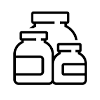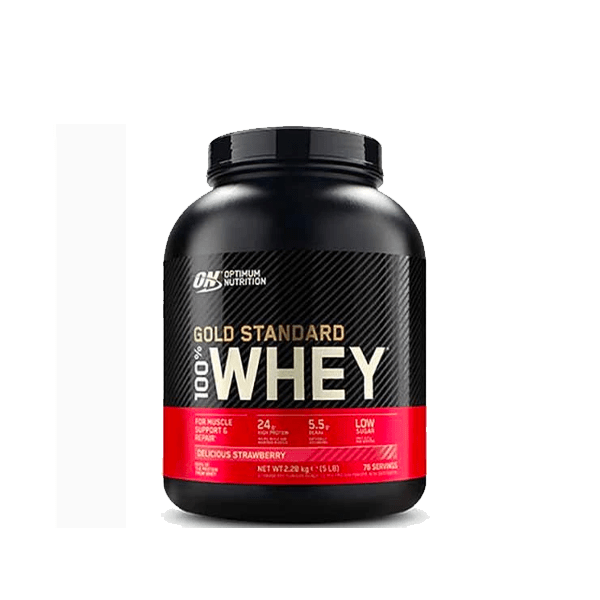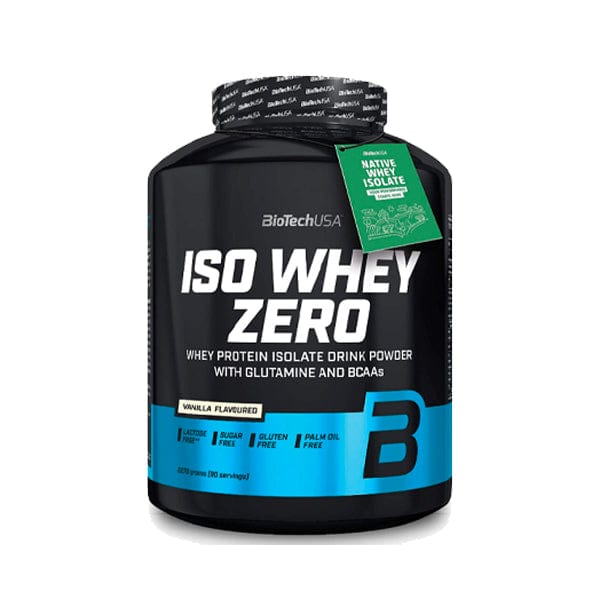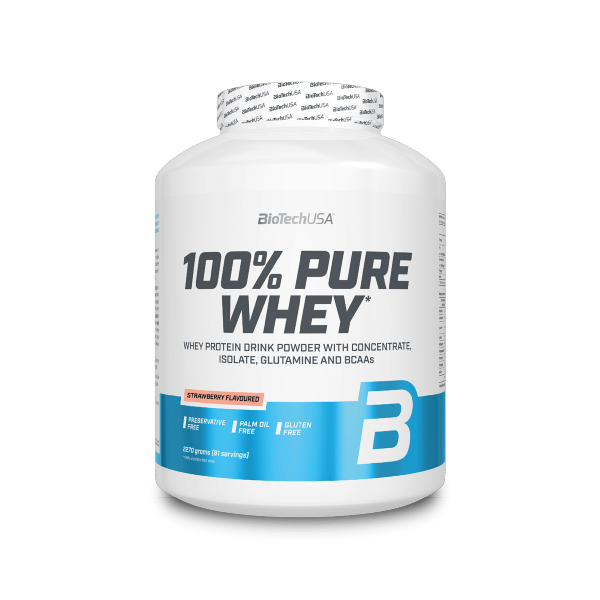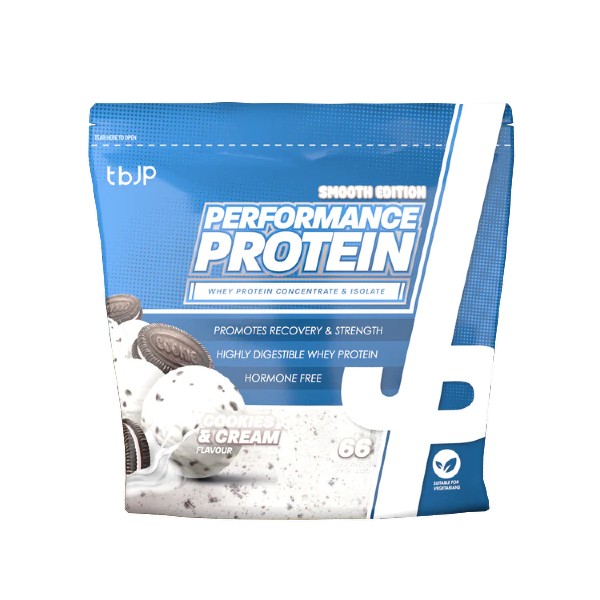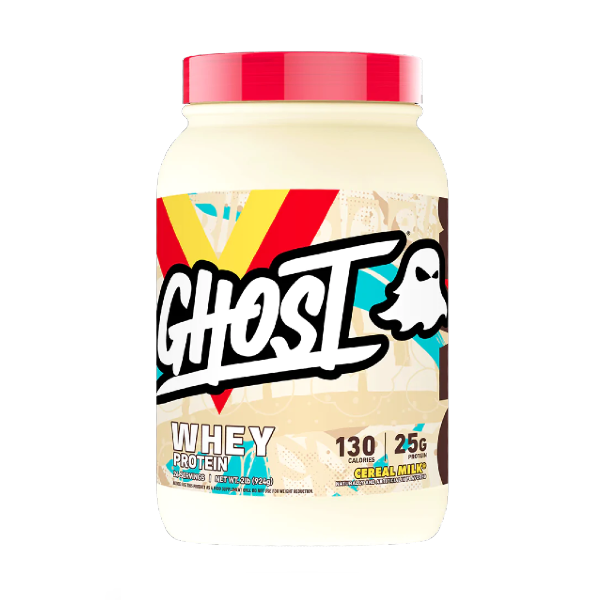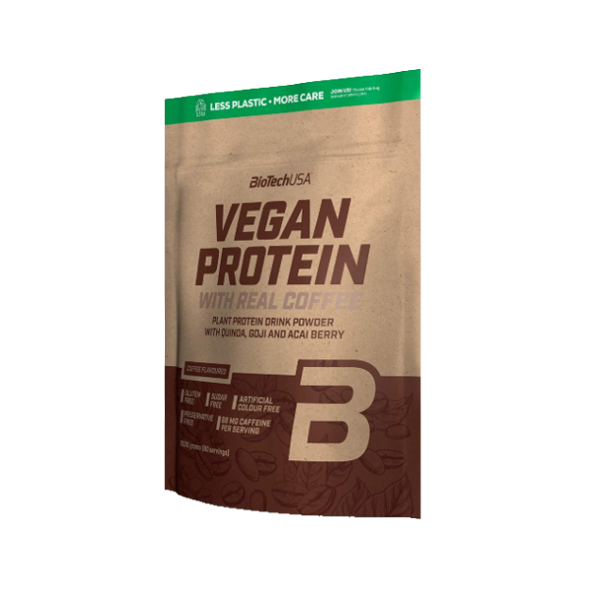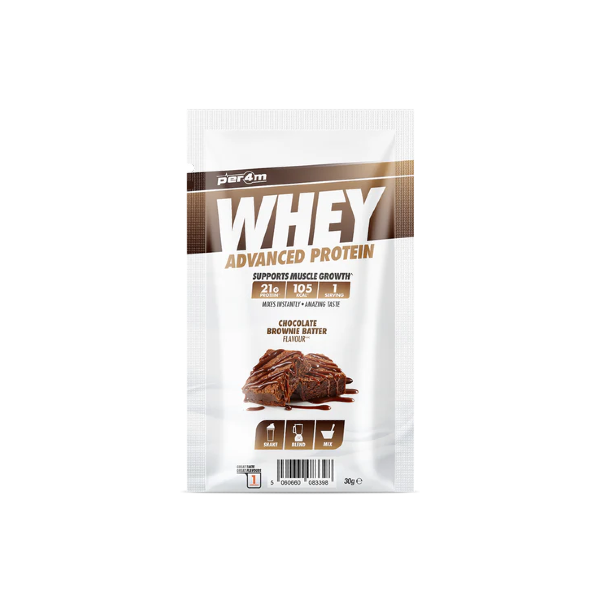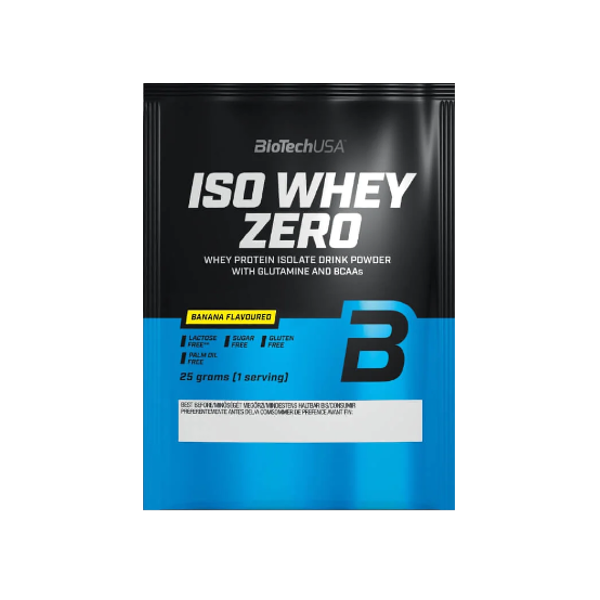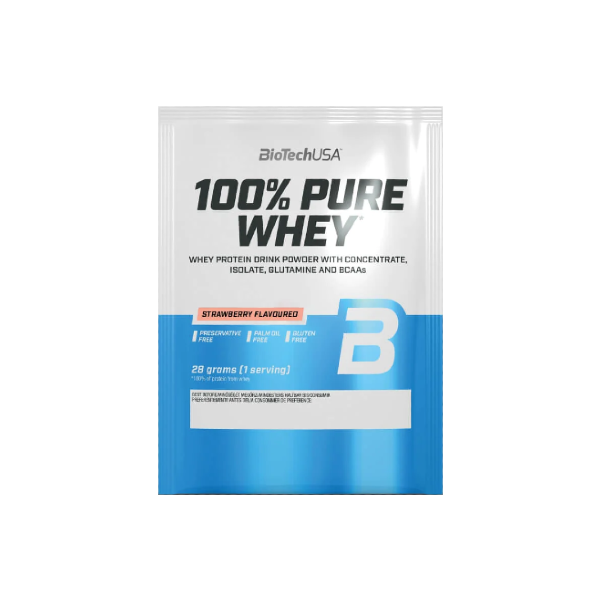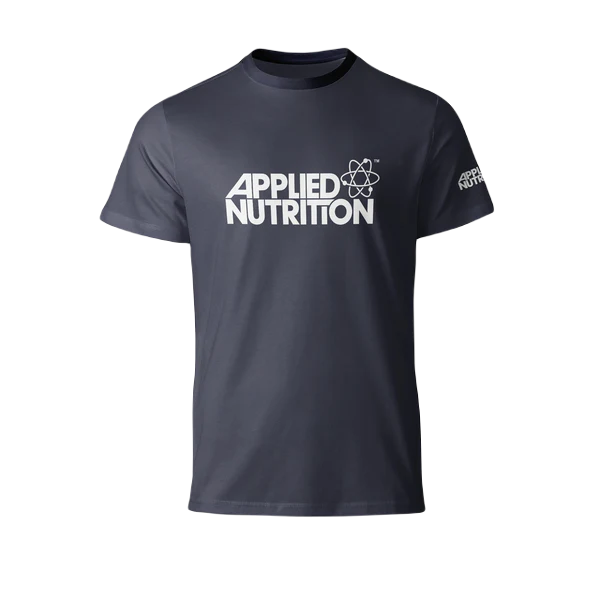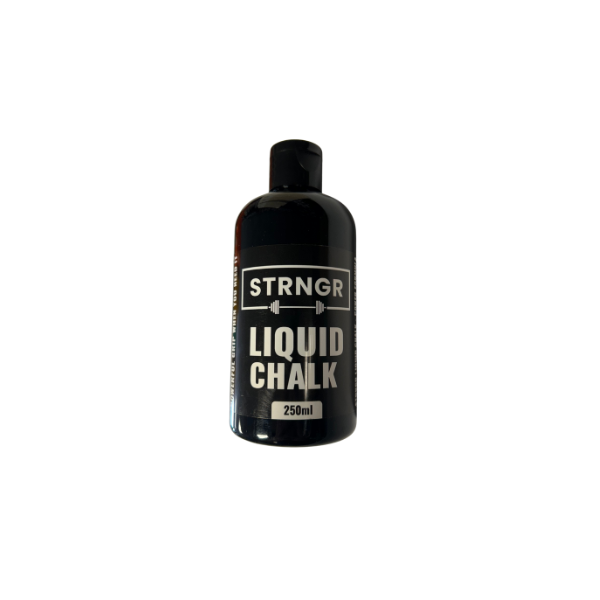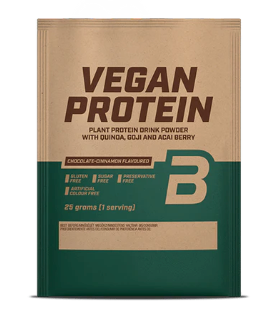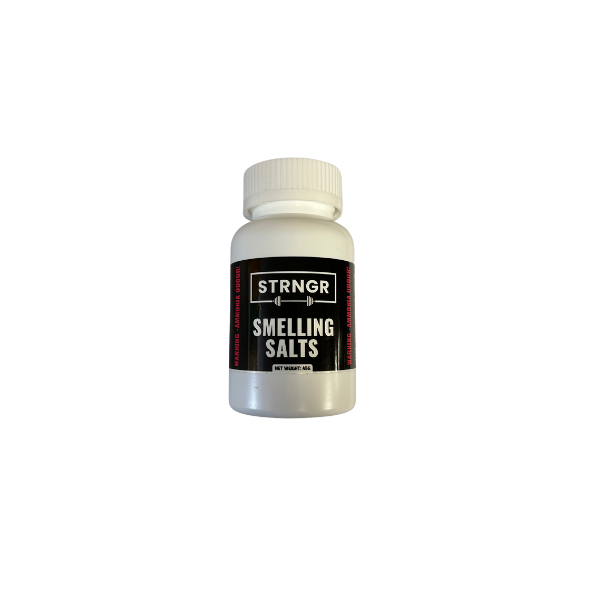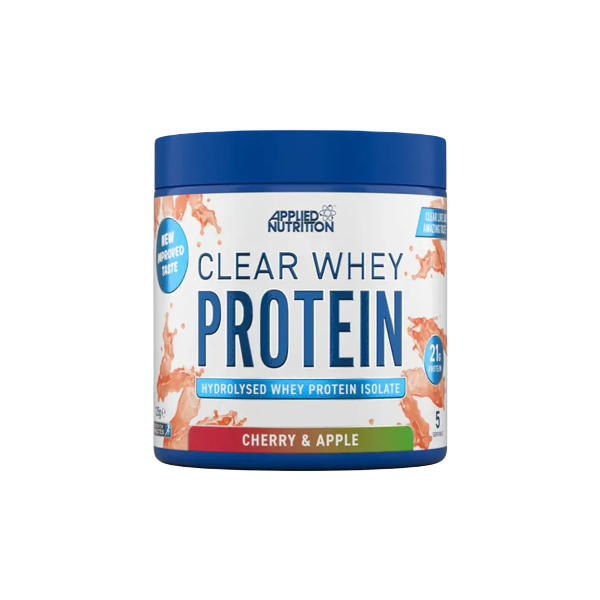TBJP In-Sure (180 Caps/60 Servings)
In-Sure is a unique glucose partitioning agent combining a potent blend of insulin sensitizing, glucose disposal and insulinomimetic agents to support healthy glucose metabolism and pancreatic beta cell function (60 servings/180 caps)
Per Serving (3 capsules):
- 1000mg Berberine (from HCl 97%)
- 500mg Bitter Melon
- 350mg Benfotiamine
- 300mg Alpha Lipoic Acid
- 25mg Vanadyl Sulphate (20%)
- 2mg Black Pepper Extract
- 500mcg Chromium Picolinate
"Type 1 Diabetes is an early onset autoimmune disease that leads to destruction of insulin secreting pancreatic βeta-cells; whereas Type 2 Diabetes exhibits insulin resistance in liver, muscle and adipose which eventually leads to βeta cell failure at later stages."
Insulin resistance is defined as an impaired responsiveness of the body to insulin. The progression of Type 2 Diabetes which begins with insulin resistance is driven mainly by genetic and environmental (diet/supplementations) factors. When this arises, problems with insulin action at first can be compensated by increased insulin secretion (hyperinsulinemia) so as to maintain normal blood glucose regulation. Type 2 Diabetes results when the secretory function of the β cells cannot compensate further declined insulin sensitivity; resulting in eventually lower insulin output and higher blood glucose concentrations and potential β cells death.
In the liver, insulin resistance is characterised by excessive production of glucose (gluconeogenesis) in the fasting state (high fasting blood glucose) and impaired glucose uptake after a meal regardless of the presence of insulin resulting in skewed triglyceride metabolism. Whilst in muscle, insulin resistance exhibits decreased glucose uptake, all of which leads to postprandial hyperglycemia (elevated blood glucose), potential arterial inflammation and poor nutrient delivery / recovery.
In enhanced bodybuilding, GH and exogenous insulin are two compounds used for a myriad of benefits and potential uses. However, in both healthy subjects and those with Type 1 Diabetes, GH increases fasting hepatic glucose output by increasing hepatic gluconeogenesis and glycogenolysis, and decreases peripheral glucose utilization through the inhibition of glycogen synthesis and glucose oxidation; leading to an elevation in fasting blood glucose levels.
Berberine is the main active component of an ancient Chinese herb Coptis chinensis French, which has been used reportedly used to treat diabetes for thousands of years with berberine hydrochloride being the most popular form of berberine used in studies. In one study, 500mg berberine three times a day was similar in its hypoglycemic effect to metformin resulting in significant decreases in hemoglobin A1c (HbA1c; from 9.5% ± 0.5% to 7.5% ± 0.4%, P<0.01), fasting blood glucose (FBG; from 10.6 ± 0.9 mmol/L to 6.9 ± 0.5 mmol/L, P<0.01), postprandial blood glucose (PBG; from 19.8 ± 1.7 to 11.1 ± 0.9 mmol/L, P<0.01).
The mechanism of berberine on glucose metabolism has never been exclusively elucidated. Via activation of adenosine mono-phosphate kinase (AMPK), berberine can stimulate glucose uptake in muscle, liver and adipose, and inhibit gluconeogenesis in liver by downregulation of gluconeogenic enzymes. Berberine via activation of AMPK can also exert an anti-inflammatory effect in adipose tissue induced by high fat diet and has also been shown to downregulate the expression of genes involved in lipogenesis and upregulate those involved in energy expenditure in adipose tissue and in muscle.
As an aside, Insulin increases cellular glucose uptake by promoting GLUT4 expression on the cell surface through the activation of phosphatidylinositol 3-kinase (PI3K) whereas berberine increases glucose transport by enhancing GLUT1 gene expression independent to GLUT4. Berberine has also profound effects on insulin sensitivity by increasing insulin-receptor (InsR) expression in a dose and time-dependent manner; improving cellular glucose consumption in the presence of insulin and has the potential to modulate the gut microbiota in favour of lowering lipopolysaccharide (LPS) from unbeneficial bacteria and decrease glucose transport across the intestinal endothelium which may contribute to the adverse gastrointestinal effects of berberine in some people.
Hyperglycemia together with the increased availability of free fatty acids; a consequence of de-regulated lipolysis in adipose tissue are the two dominant metabolic alterations characterising glucotoxicity and lipotoxicity in diabetes implicated in the development of vascular complications. Berberine may also counteract such several adverse effects of hyperglycemia on the endothelium of blood vessels, including the inhibition of high glucose-induced reactive species, cellular apoptosis and inflammation which can lead to damage and potential for atherosclerosis. It has also been demonstrated that berberine can increase cholesterol excretion from the liver into the bile and eliminated via the feces, therefore having the potential to lower serum cholesterol and triglycerides. Poor absorption in the small intestine is a key factor that presently limits the efficacy of BBR with 80% of berberine being metabolized in the liver and intestine by CYP2D6. Therefore, to enhance the efficacy, it is imperative to enhance the bioavailability which can be done by enhancing intestinal permeation by the addition of a “bioenhancer” such as bioperine.
Benfotiamine, a lipophilic derivative of thiamine, has been suggested as a novel therapy for diabetic complications. Benfotiamine is converted to thiamine pyrophosphate, a co-factor of transketolase; a coenzyme which has a fundamental in intracellular glucose metabolism. The activation of transketolase plays a crucial role in oxidative and non-oxidative pentosephosphate pathways that inhibit vascular complications of diabetes. Dosages ranging from 150, 320 and even 1000mg have been well tolerated in the literature.
Benfotiamine blocks destructive biochemical pathways that enable high blood sugar levels to damage nerves and small blood vessels and also inhibits the formation of advanced glycation end (AGEs) products in both diabetic and normal aging organisms. The most notable marker of glycation in healthy subjects being hemoglobin A1c (HbA1c).
In addition to the harmful effects on vasculature, hyperglycemia can also contribute to insulin resistance in skeletal muscle, and it has been shown that myotubes (muscle cells) exposed to chronic hyperglycemia have increased lipogenesis and intramyocellular triacylglycerol (IMTG) accumulation (increased fatty deposits within muscle cells). The mechanisms by which these effects occur are complex and remain unknown but might involve mitochondrial dysfunction.
Oral benfotiamine results in a 10–40% increased incorporation of thiamine into liver and heart, whereas the incorporation is 5- to 25-fold higher into muscle and brain tissues. One study showed that benfotiamine, but not thiamine, causes a marked increase in mitochondrial glucose oxidation in human skeletal muscle cells by also reducing NADPH oxidase 4 (NOX4) gene expression and preventing vascular damage. The marked downregulation of NOX4 has been observed in response to benfotiamine. NOX4 is upregulated in response to hyperglycemia and is a primary source of reactive oxygen species that can cause damage to vascular cells.
Alpha-lipoic acid is a biological antioxidant and natural cofactor of mitochondrial dehydrogenase complexes which is considered to be safe and well tolerated in the treatment of diabetic neuropathies. Alpha-lipoic acid (ALA) is synthesized by the liver and exists as two different enantiomers: the biologically active (R)-isomer, and the (S)-isomer. ALA is normally commercially available as a racemic mixture (50:50) of the two. In-vitro studies have provided evidence that R-ALA can specifically activate two important molecules of the insulin signaling pathway-insulin receptor substrate-1 protein (IRS-1) and PI3K with subsequent enhancement of glucose uptake via the glucose transporter system in skeletal muscle and adipocytes resulting in the potential to mimic insulin action via the insulin signaling pathway. ALA has also been shown to improve insulin sensitivity in cell cultures of skeletal muscles and increase insulin sensitivity in animal models of Type 2 diabetes and insulin resistance. ALA significantly enhances the glucose transport activity, as well as both oxidative and nonoxidative pathways of glucose metabolism. In one study after 4 weeks of 600mg ALA treatment, insulin sensitivity in terms of glucose disposal rate were impressively enhanced and there was no significant difference between diabetics and controls with fasting plasma glucose lowering from 6.47±1.13 before treatment to 5.92±0.83 mmol/l after treatment.
Vanadyl sulfate (VOSO4) is an oxidative form of vanadium, that in vitro and in animal models of diabetes has been shown to reduce hyperglycemia and insulin resistance. In vitro, vanadium stimulates glucose uptake and oxidation, and glycogen synthesis in skeletal muscle; improving glucose tolerance without an increase in plasma insulin. It has also been found that vanadium compounds exhibit an insulin-like activity by imitating insulin actions via insulin-receptor tyrosine kinase activation and kinase phosphorylation cascade pathways.
It is thought the action of vanadium may be to augment insulin action on lipolysis and endogenous glucose production (EGP). The glucose-lowering effect of VOSO4 correlates well with a reduction in EGP, but not with insulin-mediated glucose disposal, suggesting that the liver rather than muscle is the primary target of VOSO4 action at therapeutic doses for Type 2 Diabetes.
The metabolic effects of vanadium are known to be dose dependent and to require more than 4 weeks for a complete response. In one study, poorly controlled Type 2 diabetic subjects were treated with 150 mg/day VOSO4 for 6 weeks and glucose tolerance, and hepatic/muscle tissue sensitivity was quantified. The results demonstrated in Type 2 diabetes that an important mechanism of action of VOSO4 is to reduce basal EGP, which primarily reflects glucose produced by the liver. The reduction in HGP closely correlates with the decline in Fasting Plasma Glucose (FPG). Consistent with previous results. During an oral glucose tolerance test, plasma insulin levels did not change, confirming results from animal and human studies that VOSO4 does not stimulate insulin secretion. However, the mechanism(s) by which VOSO4 reduces hepatic glucose output remains to be fully determined but in Type 2 Diabetes patients, it is appreciated to improve glycemic control by reducing basal endogenous glucose production and enhancing skeletal muscle insulin sensitivity.
Chromium is an essential mineral that appears to have a beneficial role in the regulation of insulin action and its effects on carbohydrate, protein and lipid metabolism. Chromium is an important factor for enhancing insulin activity and aiding glucose tolerance. Chromium has shown beneficial effects in improving insulin resistance in some clinical trials, but not others. The two most common forms of chromium are the trivalent (3+) and the hexavalent (6+) forms. Chromium 6+ is not present in nature and is toxic. The chromium found in food and in dietary supplements is the trivalent form. The role of trivalent chromium in glucose metabolism has been known since the 1950s. Chromium can alter insulin sensitivity at the cellular level. Although chromium’s role as a cofactor for insulin action is not fully understood, it has been considered to be a constituent of the glucose tolerance factor; a complex containing both chromium and niacin that may be needed for normal glucose tolerance. Glucose Tolerance Factor (GTF) is thought to be synthesized in vivo from absorbed dietary chromium, and acts as a physiological enhancer of insulin activity, binding to insulin and potentiating its action about three-fold.
However there is no reliable method for assessing the body’s chromium status, and there is no information on the bioavailability of the different forms of chromium. The metabolism of chromium is also affected by several factors including, stress, diet, exercise, diabetes and increased intake of simple sugars; all which result in increased chromium loss. Studies show that people with Type 2 diabetes have lower blood levels of chromium than those without the disease. The ability to covert chromium into a more useful form may be the key difference between chromium metabolisms in diabetics compared to a non-diabetic. Patients with diabetes have been shown to have higher chromium absorption but also greater chromium excretion. The metabolism of C-Reactive Protein (CRP, a marker of inflammation) and insulin seems to be regulated by plasma levels of chromium also. When chromium levels are significantly lower (as observed in diabetics) insulin is upregulated; whereas when plasma levels of chromium are significantly higher (normal healthy population) insulin and CRP levels are downregulated. The mechanisms by which chromium metabolism affects plasma insulin and CRP levels are unclear but may be linked to chromium’s beneficial effect on insulin sensitivity.
Chromium picolinate specifically is the most efficacious form of chromium supplementation which has been shown to reduce insulin resistance and to help reduce the risk of cardiovascular disease and Type 2 diabetes. Of note, dietary chromium is poorly absorbed; levels decrease with age and supplements containing 200-1,000 mcg chromium as chromium picolinate a day have been found to improve blood glucose control. Numerous animal studies and human clinical trials have demonstrated that chromium picolinate supplements are generally regarded as safe (GRAS). Since chromium potentiates the action of insulin, chromium supplements may help lower blood sugar and improve glucose tolerance.
With this in context, In-Sure has been formulated to utilize a standard dose of 500mg Berberine with the addition of 2mg Black Pepper Extract which contains Bioperine to enhance intestinal absorption. 350mg Benfotiamine has been included for its potential benefit on AGE prevention and HbA1c improvement and 250mg Alpha Lipoic Acid to enhance glucose oxidation and glucose disposal. Finally, 25mg Vanadyl Sulphate and 500mcg Chromium picolinate finish the ingredient profile to augment and improve endogenous insulin sensitivity.
TrainedbyJP Nutrition has specifically formulated In-Sure as a potential compound solution to try help ameliorate some of the side effects in blood glucose metabolism which may result as a consequence of the dietary choices/environment (high carbohydrate / high fat consumption) or supplementation (exogenous GH/insulin) involved in high competitive advanced level bodybuilding.
Formulated alongside Dr Dean St Mart.
Per Serving 2 capsules:
1000mg Berberine (from HCl 97%)
350mg Benfotiamine
500mg Bitter Melon
300mg Alpha Lipoic Acid
25mg Vanadyl Sulphate (20%)
2mg Black Pepper Extract
500mcg Chromium Picolinate












